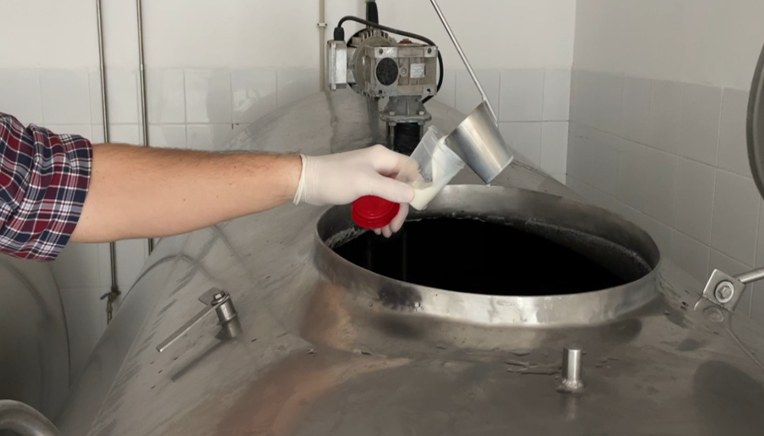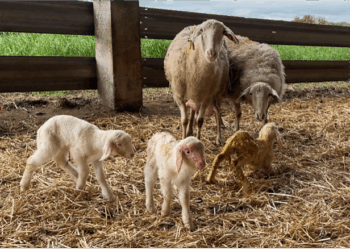Difficulties of diagnosis
In general, Mycoplasma is underdiagnosed and the differential diagnosis of mastitis is not usually taken into account in the case of sheep and goats, but in endemic herds it can be the second or third cause of the disease.
Contagious agalactia has various characteristics that make diagnosis difficult:
● Variability of clinical signs: mastitis, arthritis, keratoconjunctivitis, pneumonia.
● Variability of the aetiology: M. agalactiae (the most prevalent), M. mycoides, M. capricolum and M. putrefaciens.
● The different species of Mycoplasma share similar genetic features, making it difficult to identify them.
● In endemic herds, years can go by without any symptoms appearing.
● Excretion can be intermittent.
● Chronically infected animals are usually serologically negative.
Laboratory testing is always necessary for the diagnosis of contagious agalactia.
How is a correct diagnosis made?
The first important point is to take appropriate samples: milk, blood, synovial fluid and nasal, conjunctival or auricular swabs.
It is recommended that individual milk samples should be analysed at the same time as simultaneous bulk tank milk samples. Sampling should be carried out routinely on the farm, every 3 months if possible.

With regard to techniques, the most frequently used are:
● ELISA: this is a good option, but it may not be very sensitive in endemic herds because of the absence of detectable antibodies. Moreover, cross-reactions between non-pathogenic Mycoplasma species can give false positive results. Another problem is that it does not distinguish vaccine antibodies from those from an infection.
The ELISA technique is useful to determine the health status of the herd.
● PCR: This is the quickest and most sensitive technique for confirming the infection, and is normally the most widely used. It allows the pathogen to be identified and, because of its high level of specificity, it is able to detect different species of mycoplasma.
For a definitive diagnosis, the pathogen must be isolated and identified.
Other techniques are also available, such as: biochemical culture and testing, complement fixation and immunofluorescence.
Conclusions
● Contagious agalactia is a serious disease that needs to be diagnosed.
● Laboratory diagnosis is essential.
● Once the problem has been identified, it can be controlled by vaccination of the flock.
Article written by:
Tania Perálvarez Puerta. Product Manager Small Ruminants Unit – HIPRA




